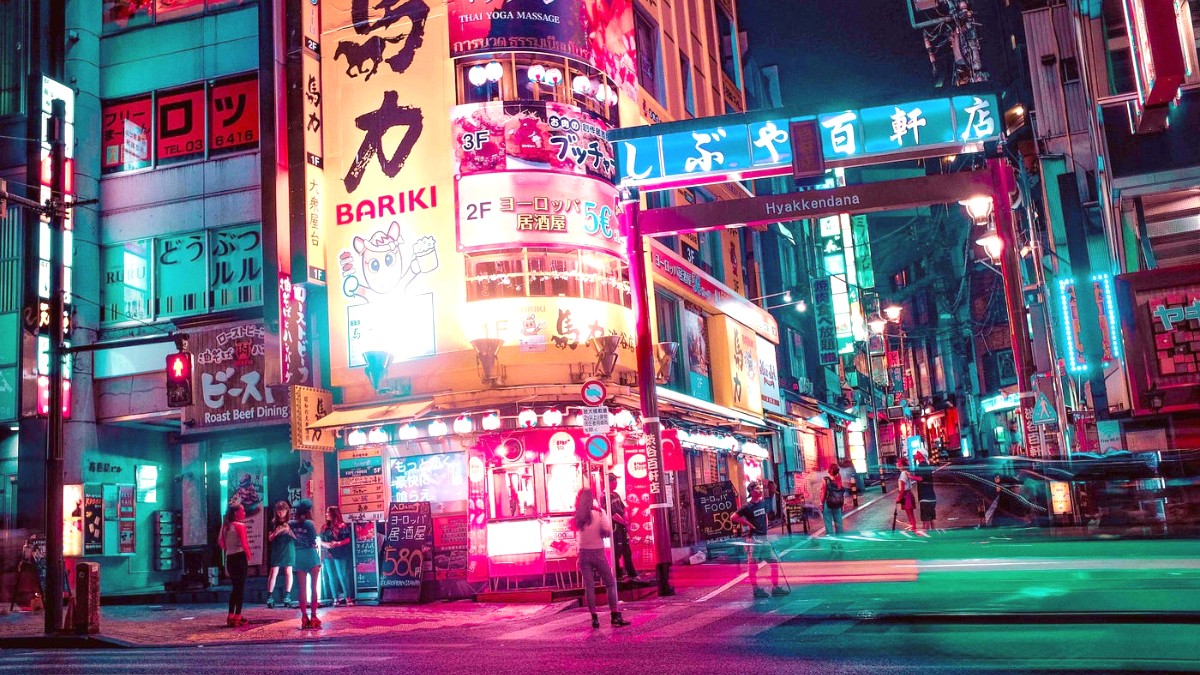
North Of Tokyo, Japan
This destination, an UNESCO World Heritage site, invites travelers to step into a past where spirituality, art, and nature intertwine. The legacy of Japan's shoguns meets the tranquility of mountain landscapes. A journey to Nikko brings visitors to a place of profound beauty and deep historical meaning, with a peaceful break from busy city life.
Nikko carries a long and important history, mainly as a center of mountain worship. Buddhist monk Shodo Shonin established Rinnoji Temple here in the 8th century, marking the commencement of its spiritual prominence.
Nikko gained lasting fame in the early 17th century when Tokugawa Ieyasu, the first shogun of the Tokugawa dynasty, selected it as the location for his mausoleum. His grandson, Tokugawa Iemitsu, later expanded the Toshogu Shrine into the elaborate, gilded complex seen today.
This transformation solidified Nikko's status as a site of immense power and religious importance. The shrines and temples, including Toshogu, Futarasan-jinja, and Rinnoji, achieved UNESCO World Heritage Site status in 1999, recognized for their architectural genius and historical weight.
The blend of Shinto and Buddhist elements within these structures presents an unique aspect of Japanese religious history. The historical layers here offer travelers a tangible link to Japan’s feudal past and its spiritual foundations.
Buddhist monk Shodo Shonin founds Rinnoji Temple.
Tokugawa Ieyasu selects Nikko for his mausoleum.
Tokugawa Iemitsu expands Toshogu Shrine to its present grandeur.
Shrines and Temples of Nikko become an UNESCO World Heritage Site.
A cherished site for visitors seeking spiritual and natural beauty.
Nikko presents a compelling blend for any traveler. Its world-renowned shrines and temples, including the opulent Toshogu Shrine, offer a deep dive into Japan's rich history and intricate craftsmanship.
Nikko National Park displays stunning natural beauty. Visitors explore famous waterfalls like Kegon Falls, enjoy boat rides on Lake Chuzenji, or hike through marshlands and forests. The region also provides traditional Japanese hot spring experiences, especially in the Oku-Nikko area.
A visit to Nikko means experiencing spiritual heritage, grand architecture, and peaceful nature, all easily reachable from Tokyo. The area can provide a balanced itinerary, fitting for those who seek both cultural learning and outdoor relaxation.
This combination of historical depth and natural wonder solidifies Nikko as an unique destination in Japan.
Nikko offers a truly immersive journey where ancient traditions meet natural landscapes.
The blend of spiritual sites, intricate art, and diverse outdoor activities creates a destination with broad appeal.
Explore UNESCO shrines and temples, marvel at intricate architecture, and discover Japan's rich history.
Enjoy stunning waterfalls, serene lakes, and tranquil forests within Nikko National Park.
Find peace with hot spring experiences and quiet contemplation away from city bustle.
Nikko presents a balanced itinerary, fitting for those who seek both cultural learning and outdoor relaxation. Here are a few things to experience.